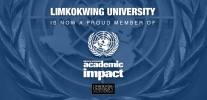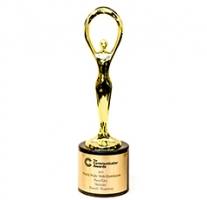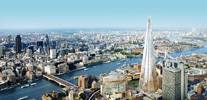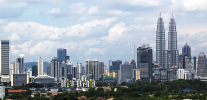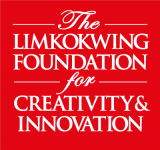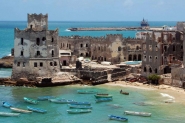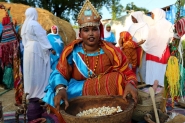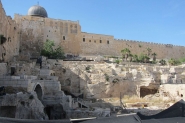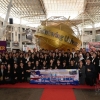 Photo Credit : Getty Images
Photo Credit : Getty Images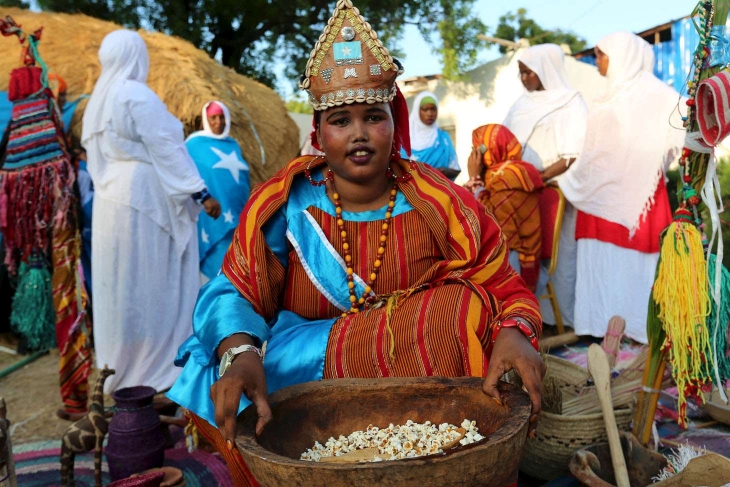 Photo Credit : https://somalinationalmuseum.com
Photo Credit : https://somalinationalmuseum.com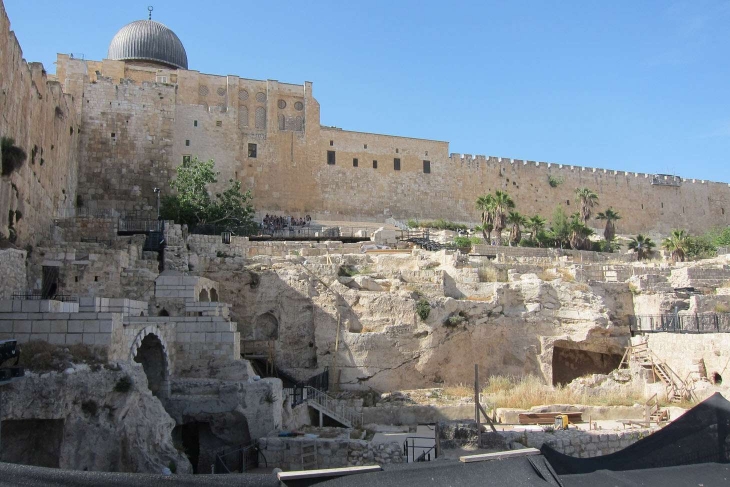 Photo Credit : www.comforttravel.info/somalia
Photo Credit : www.comforttravel.info/somalia
The Federal Republic of Somalia is a semiarid region located on the Horn of Africa that lies along the Gulf of Aden and the Indian Ocean. Home to the longest coastline of mainland of Africa that stretches 3,025 kilometres, it was known as the Horn of Africa due to its resemblance to a rhinoceros horn.
The capital city is Mogadishu, known locally as Hamar, it is the country’s most populous city and economic centre. Economic development is mostly concentrated in the capital with Mogadishu’s main market providing various essential goods from food to electronic equipment.
According to CIA World Factbook, the country maintains an informal economy that focuses on livestock, remittance and telecommunications. The economy relies on agriculture (60%), services (32.5%) and industry (7.4%).
Agriculture is the country’s primary economic driver with livestock accounting to about 40% of the country’s Gross Domestic Product (GDP) and 50% of export earnings. These livestock include cattle, sheep, goats, and fish. Agriculture produce comprises mainly of bananas, sorghum, corn, coconuts, rice, sugarcane, mangoes and sesame seeds.
The population consists of mostly nomads and semi-pastoralists who are dependent on livestock for their livelihood. The country’s economy is estimated to have increased by 3.7% in 2014 due to growth in agriculture, construction and telecommunication development.
The country’s climate is described as continuous hot conditions with periodic monsoons and irregular rainfall. Daily temperatures can fluctuate from 30 to 40 degree Celsius in most parts of the country. The highland areas in Somalia may occasionally experience colder temperatures below freezing point.
Somalia became an important commercial centre during antiquity. During this time, several Somali empires dominated the regional trade arrangements including the Ajuran Empire, the Adal Sultanate, the Warsangali Sultanate and the Geledi Sultanate. It was not until the 19th Century that the British and Italian empires established colonies within the country, thus creating the British Somaliland and Italian Somaliland.
Northern Somalia is home to various archaeological sites and megalithic structures. These rock arts can be found in Haadh, Gudmo Biyo Cas, Dhambalin and Dhagah Maroodi. Other ancient sites include Sheikh, Aynabo, Aw-Barkhadle, Ancient-Amud, Heis, Maydh, Haylan, Qa’ableh, Qombo’ul and El Ayo. Many of these ancient sites and structures are unexplored.
The most well-known site is the Laas Geel complex of cave formations found in the rural parts of the country within the outskirts of Hargeisa. Within these complexes, ancient rock paintings have been found in the northern parts of Somalia that date back to 5,000 years. This rock art depicts wild animals as well as decorated cows.
The paintings bear the same distinctive Ethiopian-Arabian features such as the Dhambalin and Karinhegane that are found in other northern parts of Somalia. The paintings are believed to be painted by herders due to the emphasis on livestock as well as domesticated animals and wildlife.







